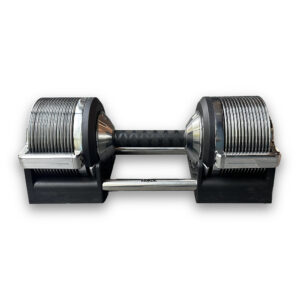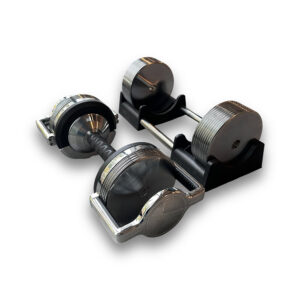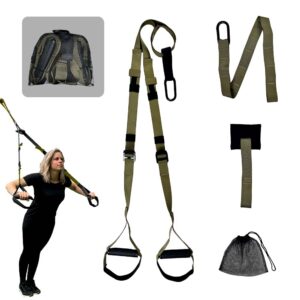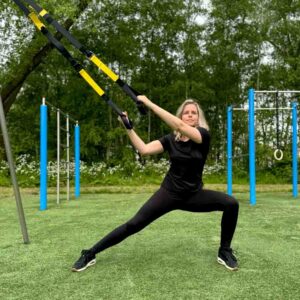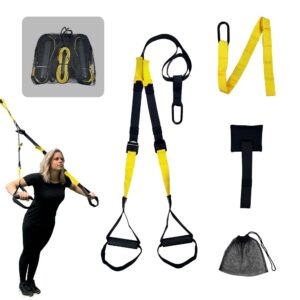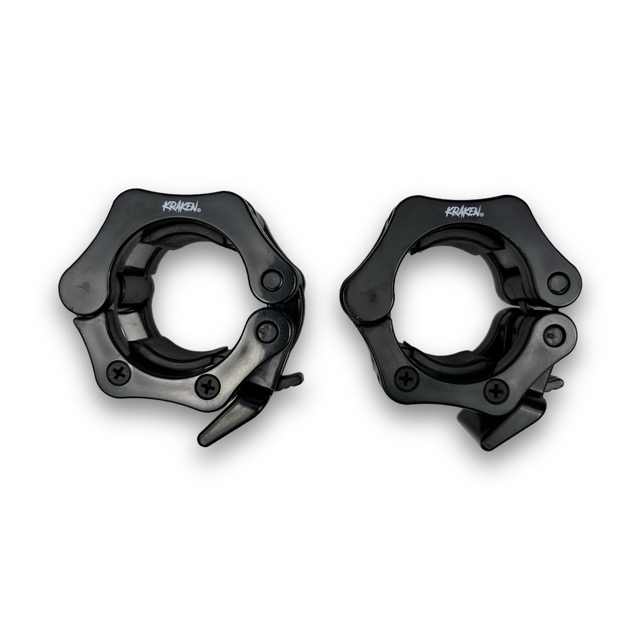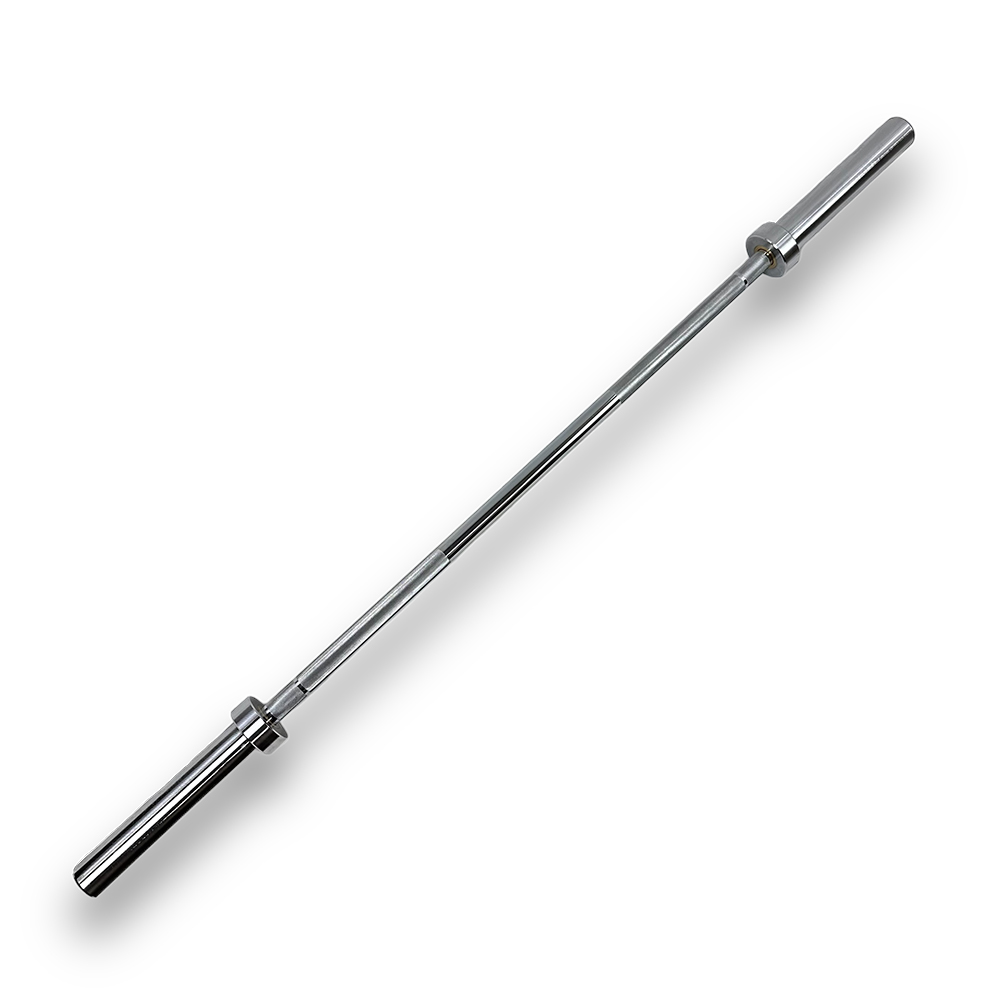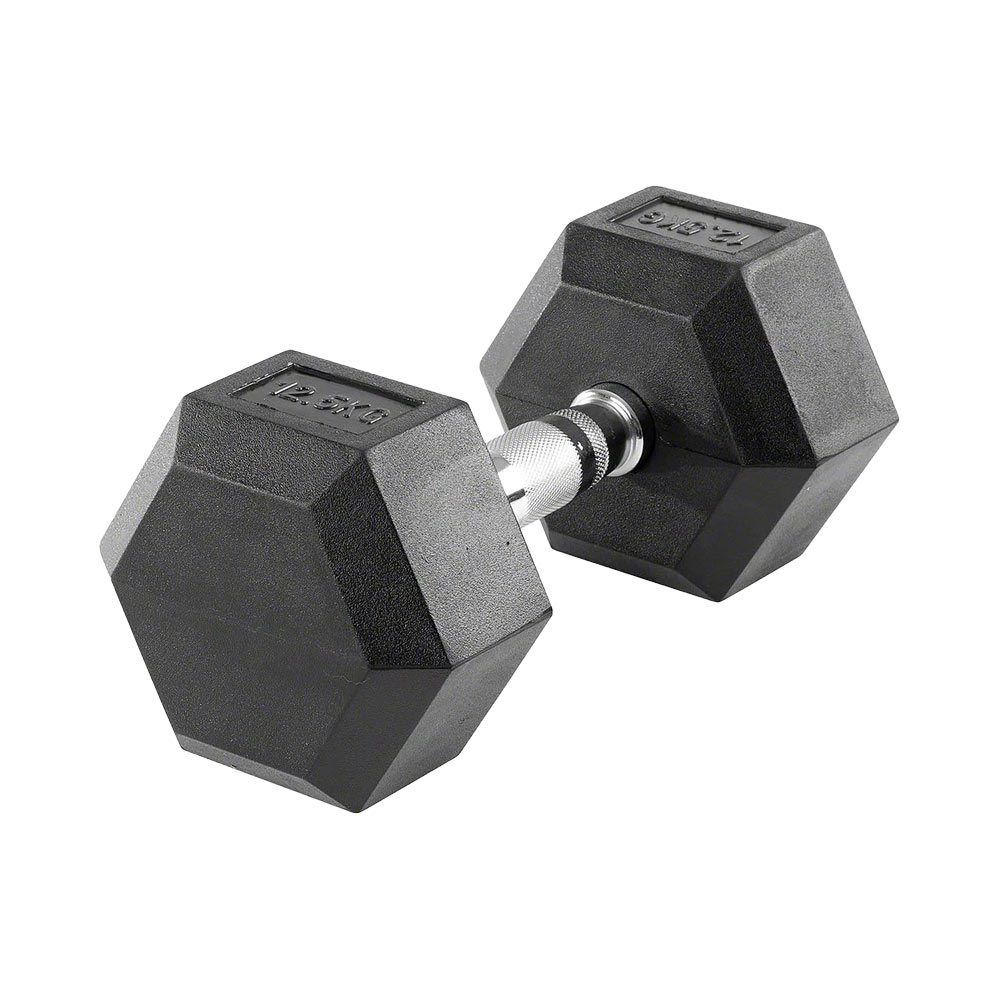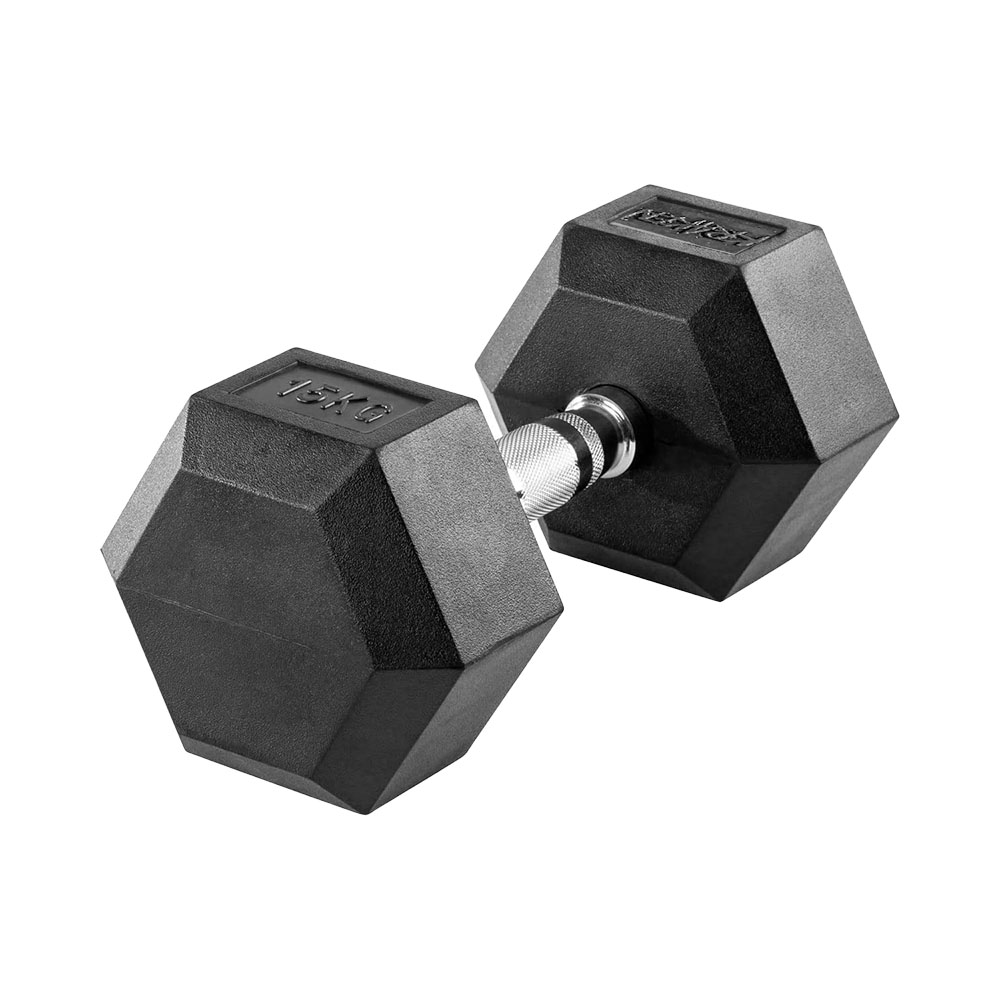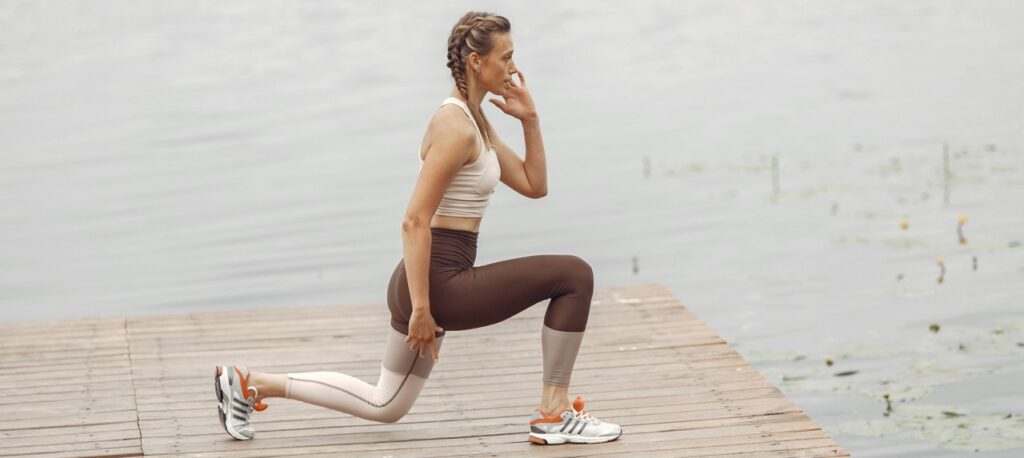
Table of Contents
Introduction to Lunges
Lunges are a foundational exercise that can transform your fitness routine with numerous health benefits. Suitable for beginners and seasoned athletes alike, lunges target several muscle groups, providing a comprehensive workout that promotes strength, flexibility, and balance.
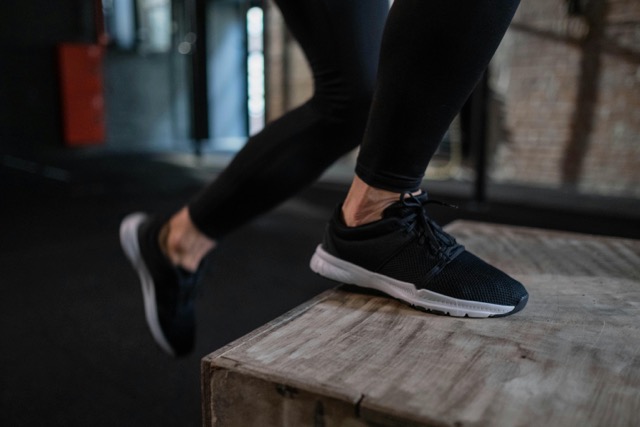
6 Amazing Benefits of Lunges for a Stronger, Healthier You
Total Lower Body Workout
Lunges are a powerhouse when it comes to sculpting your legs and buttocks. They effectively work the quadriceps, hamstrings, and gluteal muscles, making them stronger and more resilient. Additionally, lunges stimulate the smaller stabilizing muscles that other exercises might overlook, ensuring a well-rounded lower body workout.
Improve Core Stability
Each lunge you perform forces your core muscles to engage in order to keep you balanced. This not only helps to sculpt your abdominal muscles but also strengthens the muscles around your spine, leading to improved posture and reduced risk of lower back injuries.
Enhance Balance and Coordination
Lunges require and develop both balance and coordination, enhancing proprioception—your body’s ability to sense movement, action, and location. Regular practice will help you in other sports and activities that depend on balance, such as yoga, rock climbing, and dancing.
Increase Hip Flexibility
Lunges work deeply within the hip flexors, which are crucial for maintaining hip and lower back health. Flexible hips can alleviate lower back pain which often arises from a sedentary lifestyle and poor posture. Enhanced hip mobility can lead to better performance in sports and daily activities.
Convenient and Versatile
Lunges require no special equipment and can be performed in multiple variations such as side lunges, reverse lunges, and walking lunges. This makes them an ideal workout for people who prefer exercising at home or outdoors, or who travel frequently and need a go-to exercise that can be performed anywhere.
Build Functional Strength
Functional strength is what allows you to perform daily activities with ease. Lunges mimic the natural pattern of walking or running, which enhances your body’s ability to perform these fundamental movements efficiently. Regularly performing lunges can also reduce your risk of injury in your daily life by improving your flexibility and balance.
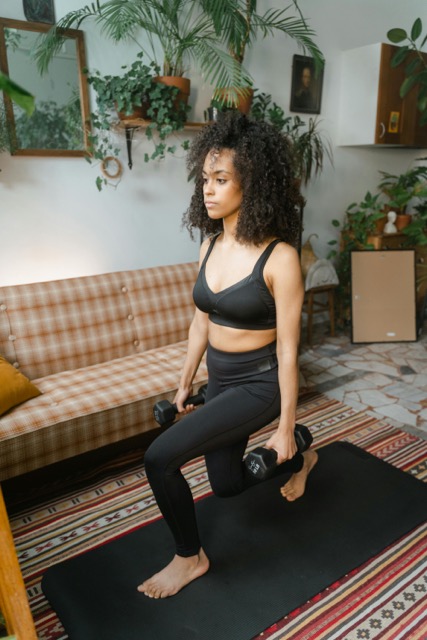
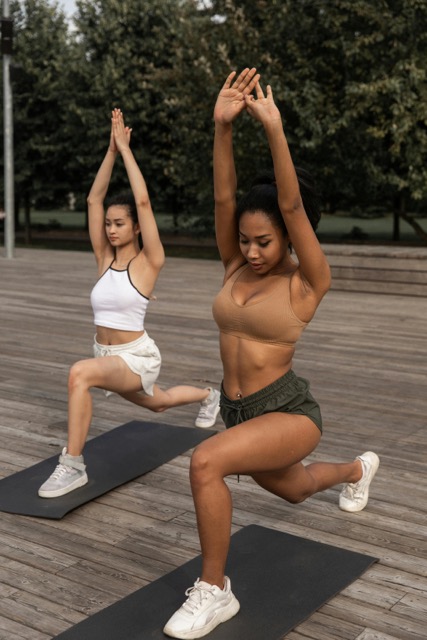
How to Perfect Your Lunge Form
Lunges are a staple in fitness routines, known for their efficacy in strengthening the lower body, improving flexibility, and enhancing balance. However, perfecting your lunge form is crucial to ensure you gain the maximum benefits while avoiding potential injuries. Follow this comprehensive guide to master your lunge technique.
To perform a basic lunge:
Step 1: Start with the Right Stance
Begin standing with your feet hip-width apart. Maintain a straight posture with your shoulders back and down, and your eyes looking forward.
Step 2: Step Forward
Step forward with one foot, approximately two to three feet. The bigger the step, the more you’ll work your glutes and hamstrings.
Step 3: Lower Your Body
Bend both knees to lower your body until your front thigh is parallel to the floor and your back knee is close to touching the ground. Ensure your front knee is directly above your ankle, not pushed out too far forward.
Step 4: Maintain Balance
Keep your balance by engaging your core throughout the movement. Your back should remain straight and your chest lifted.
Step 5: Push Back Up
Push through the heel of your front foot to return to the starting position. Repeat on the other side.
Common Mistakes to Avoid
- Overextending the knee: Your front knee should not go beyond your toes. Overextending can lead to strain on your knees.
- Leaning forward: Keep your body upright. Leaning too far forward can put unnecessary stress on your back and shift the focus away from your leg muscles.
- Lack of core engagement: Always engage your core to stabilize your body and protect your spine.
Explore New Dimensions in Your Workout with These Lunge Variations
- Static Lunge: Plant your feet and lunge in place, great for focusing on form and control.
- Walking Lunge: Propel yourself forward by lunging continuously, enhancing dynamic balance and coordination.
- Reverse Lunge: Step backward into the lunge, reducing stress on the knee joint while still targeting all major leg muscles.
- Lateral Lunge: Step out to the side, targeting the inner and outer thighs, increasing lateral movement and flexibility.
- Curtsy Lunge: Step your foot behind you and to the side, as if performing a curtsy, to work the gluteal muscles differently.
- Jumping Lunge: Add a cardiovascular element by jumping to switch legs, increasing workout intensity.
Equipment to achieve your goal more effective
Conclusion
Incorporating lunges into your workout regimen can significantly enhance physical fitness by building lower body strength, improving balance and flexibility, and boosting overall health. Start with basic lunges, and as you gain confidence, explore different variations to keep your workouts challenging and effective.

